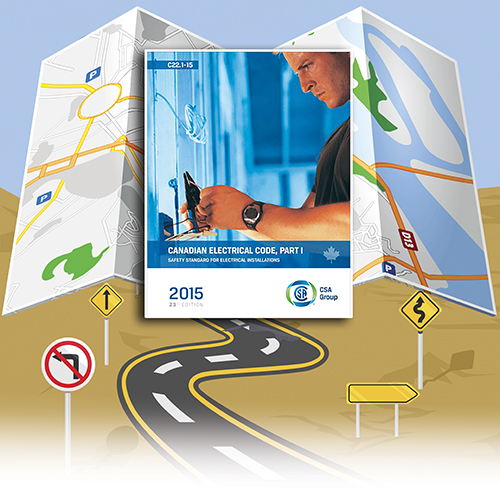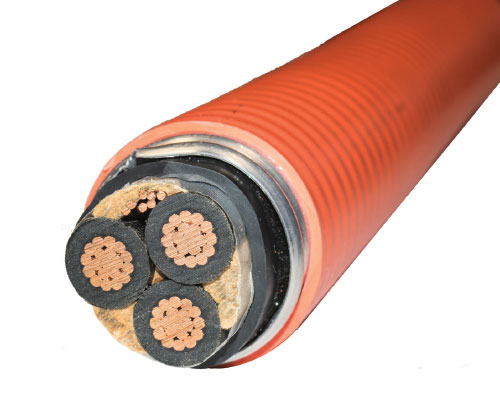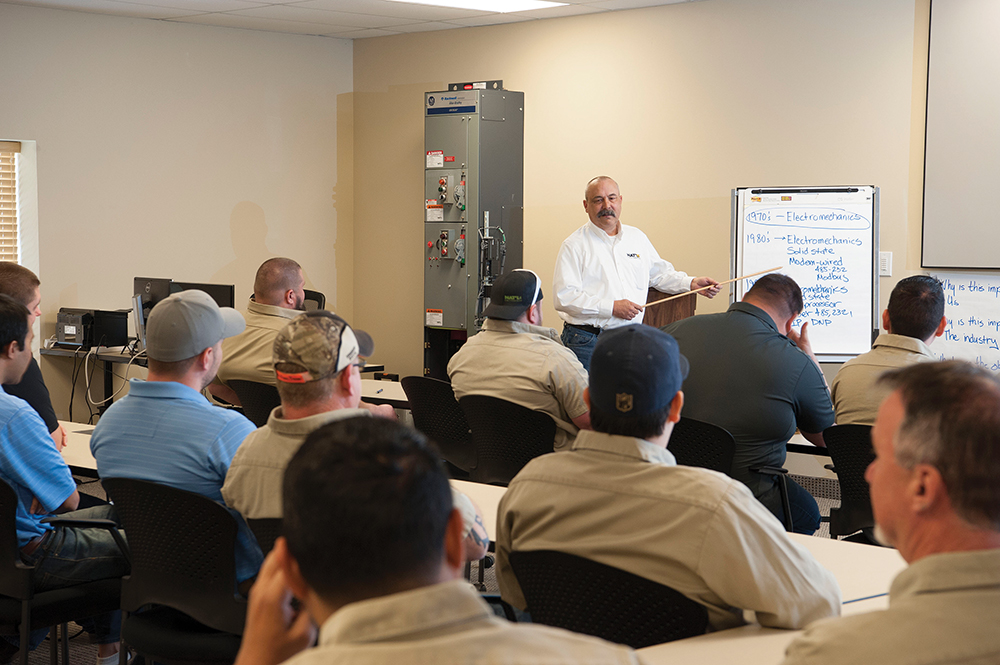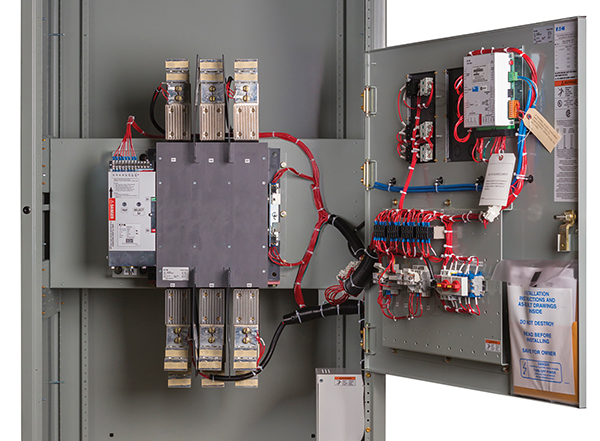Guide to the Canadian Electrical Code, Part I – Section 12 Wiring Methods: Installment 8 in a Series
It should be noted that while many other sections of the CE Code are commonly used by designers, installers and regulators, Section 12 is mostly used by electricians and by electrical inspectors.
This is the first of a series of articles detailing significant changes approved by the Technical Committee for the 2018 Canadian Electrical Code Part I (CE Code).
Section 10 is a general section of the Canadian Electrical Code and applies to all installations unless amended by other Sections of the CE Code.
I was recently asked this question by a group of electrical engineers in conjunction with the NFPA 20 requirement for an overcurrent device protecting feeder conductors to the fire pump controller from the normal power supply source to carry a fire pump locked rotor current indefinitely.
Since its invention nearly 60 years ago, the GFCI has undergone numerous design iterations and technological advances that have enhanced its personnel protection features.
Two significant code revisions recommended by the Professional Electrical Apparatus Reconditioning League (PEARL) were adopted for inclusion into the latest version of the 2017 NEC.
Section 8 is a general section of the CE Code. It provides the information you need to select the conductor ampacities and equipment ratings for consumer’s services, feeders, and branch circuits.
A transfer switch (automatic or manual) is a key component for switching between the normal and alternate power source.
Section 8 is a general section of the CE Code. It provides the information you need to select the conductor ampacities and equipment ratings for consumer’s services, feeders, and branch circuits
The Code is a comprehensive document. Sometimes it can seem quite daunting to quickly find the information you need. Part 4 provides a guide to help users find their way through this critical document.






